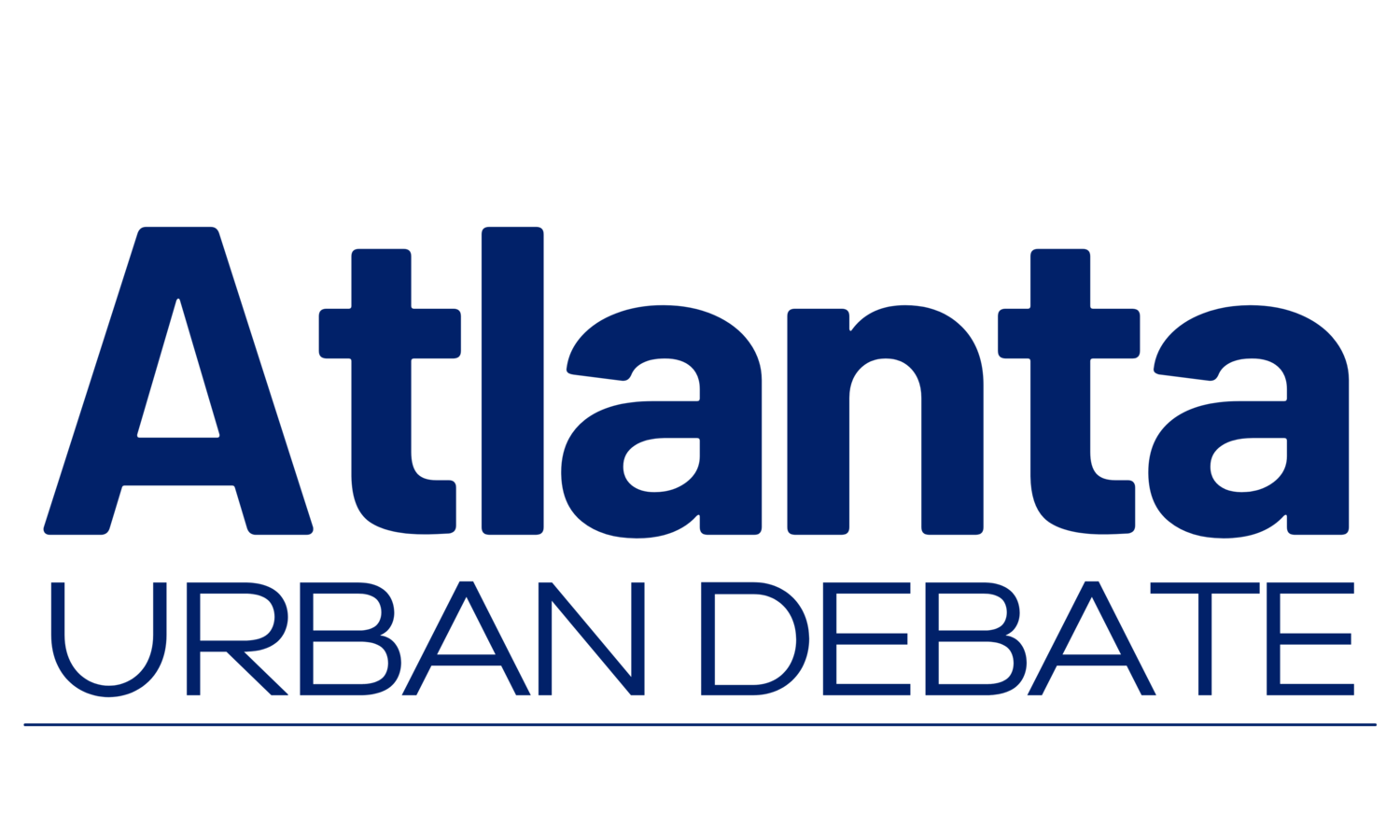The Atlanta Urban Debate League is committed to providing excellent debate education programs, services, and opportunities to diverse students, educators, and members of the community!
High School Junior Varsity Curriculum Guide
Skills from Novice Debate
Making Arguments (ARE)
So far, you learned that an argument consists of three parts: assertion, reasoning, and evidence. The assertion is the basic point you’re trying to make, the reasoning is some logic to support your assertion, and the evidence provides facts that back everything up.
Responding to Arguments (DR. MO)
You also learned four strategies to use when responding to arguments: deny, reverse, minimize, and outweigh. When you deny an argument, you say it’s false. When you reverse an argument, you say its opposite is true. And when you minimize or outweigh an argument, you say that your arguments are more important than your opponents’ claims.
Impact Comparison (MR. T)
You learned how to compare your impacts to your opponents’ impacts. To win a debate round, you must prove to the judge why your side is more important than your opponents’ side, and to do so, you must prove why your impact is a bigger deal. You learned three areas that we weigh impacts on: magnitude (size or scale), risk (probability), and timeframe (amount of time it needs to take place).
Public Speaking (2PAC)
You learned that debate isn’t just about what you say, it’s about how you say it. The best debaters understand and use all parts of public speaking – the two ways to communicate (verbal and non-verbal), their presentation, their audience, and their content – to give a good speech. Remember to use inflection when reading tags, not to make distracting hand gestures, and to be fully prepared before beginning your speech.
Debate Structure
You also learned the basic structure of a debate round. You know that it’s made up of constructive and rebuttal speeches, that you must ask cross-examination questions, and that you have five minutes of prep time. Here’s a chart, just as a reminder:

